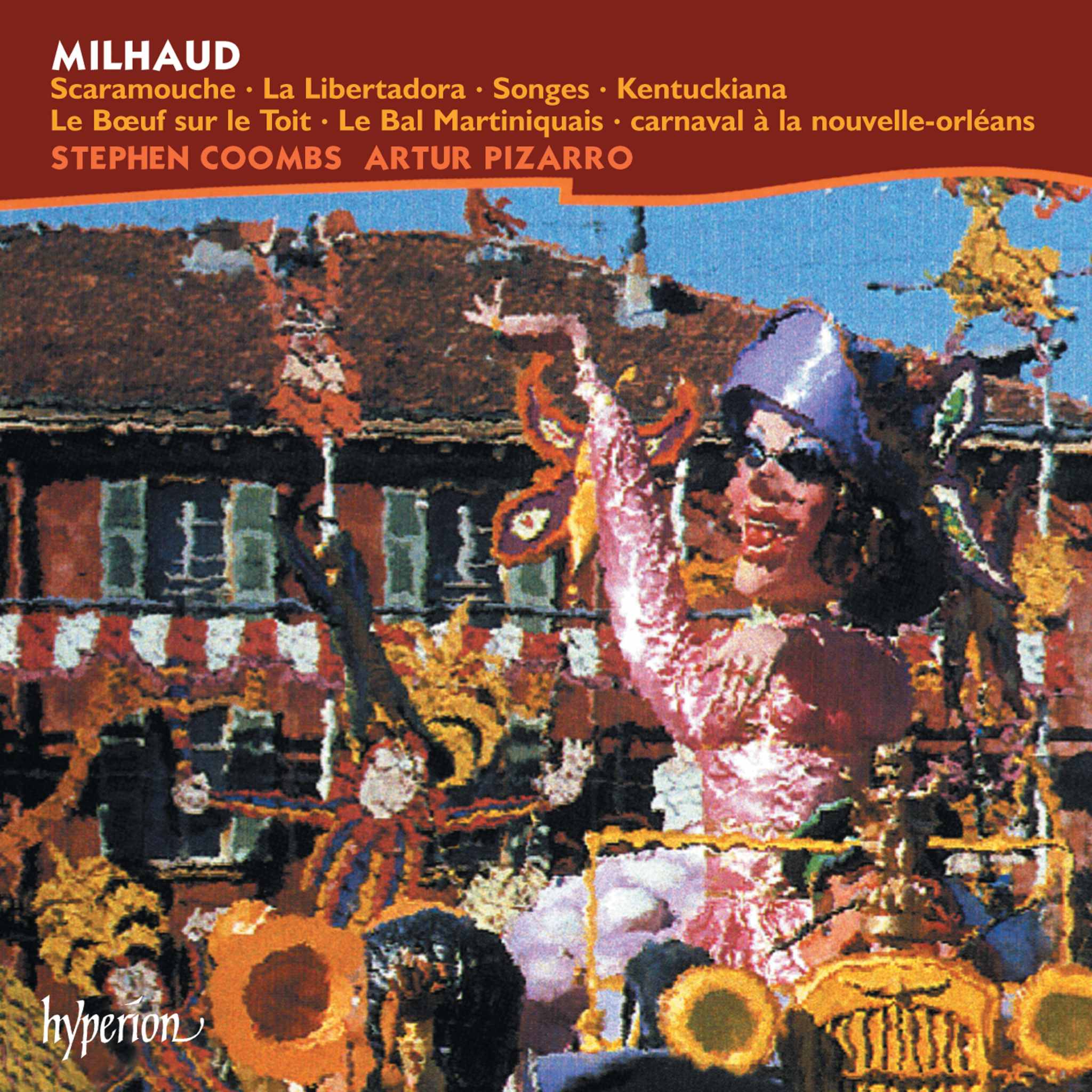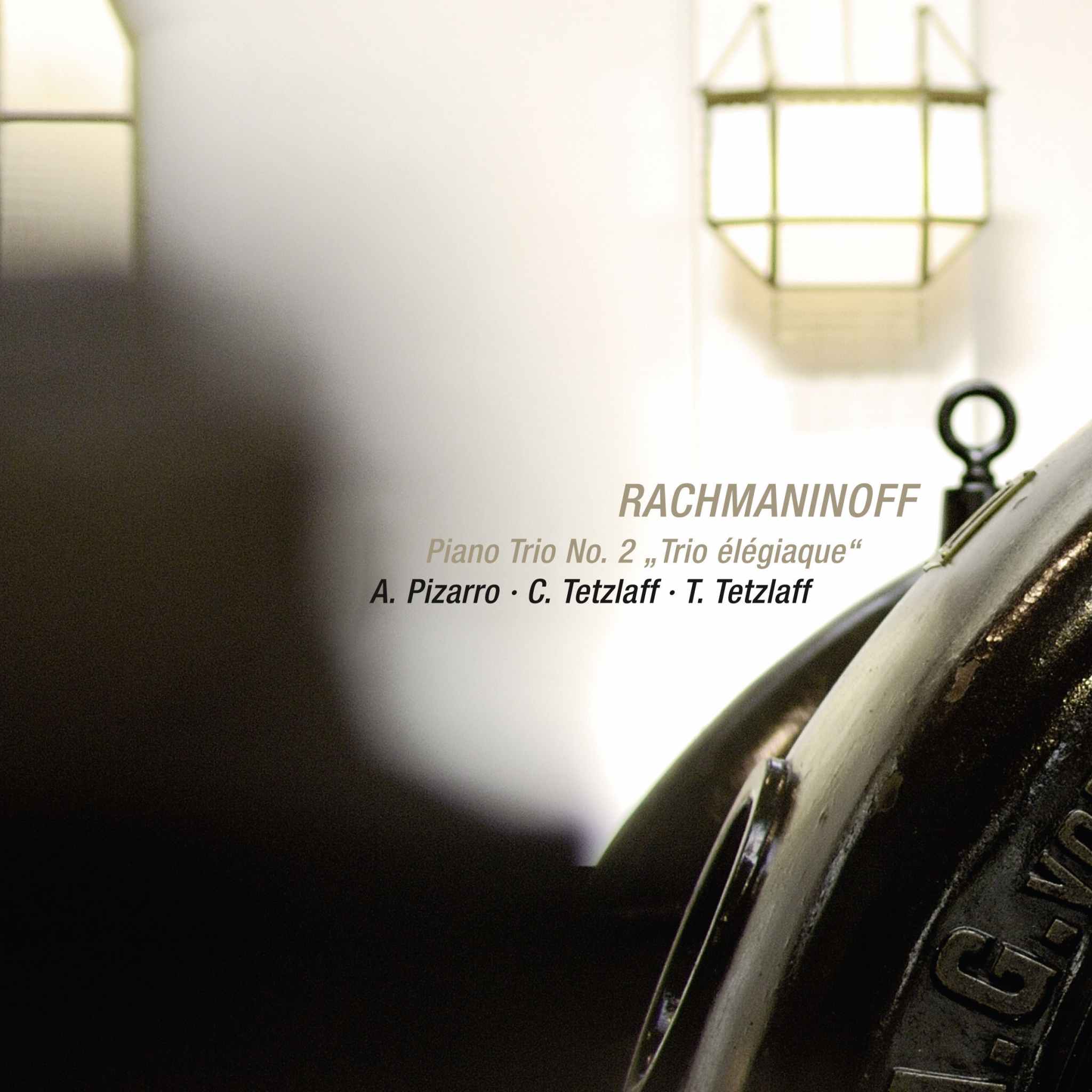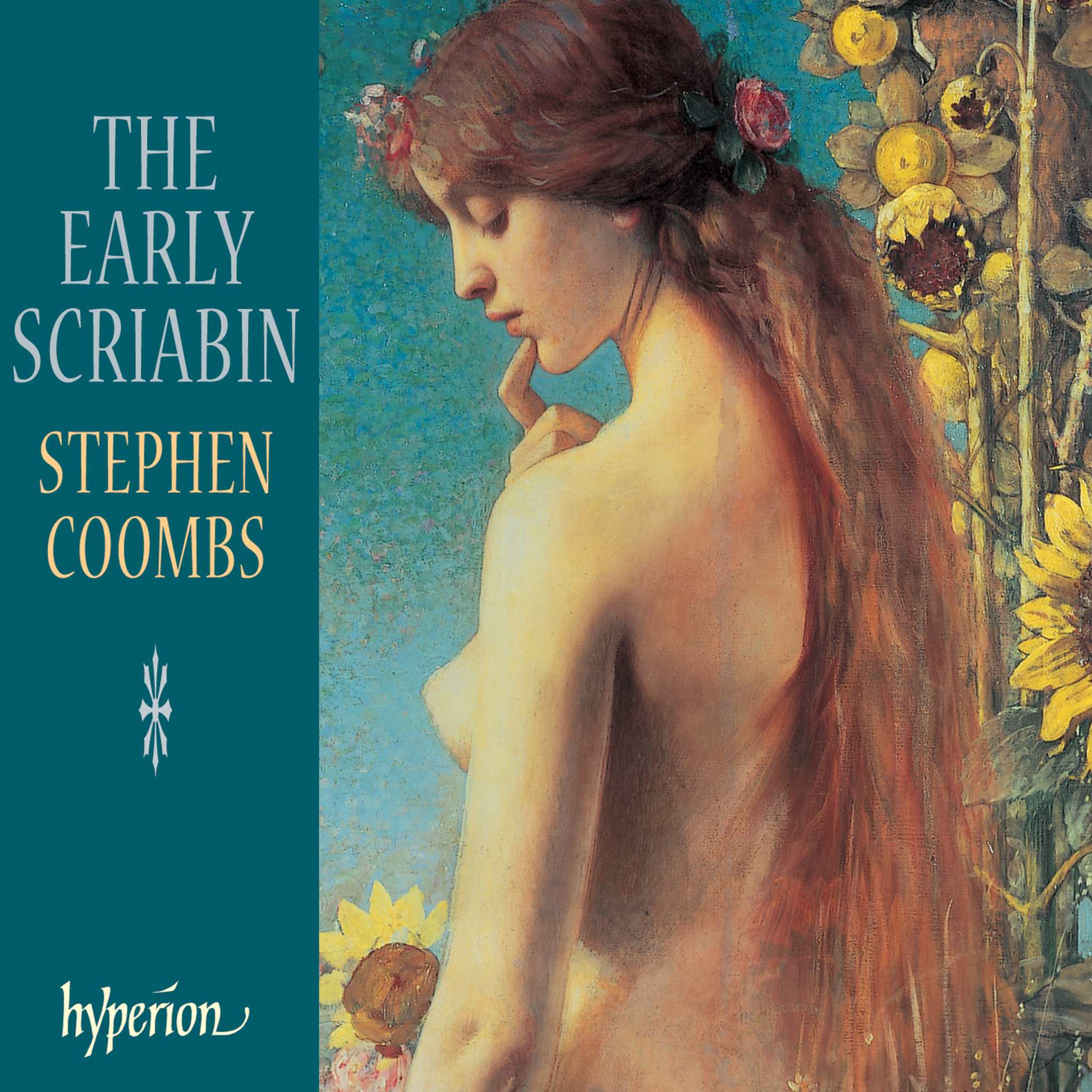Album insights
Das "Phantasy Quartet", Opus 2, ist ein Kammermusikstück von Benjamin Britten für Oboe und Streichtrio, komponiert im Jahr 1932. Es entstand während seiner Studienzeit am Royal College of Music nach seiner Sinfonietta für Kammerorchester. Der junge Komponist widmete dieses Werk dem Oboisten Léon Goossens, der die Uraufführung im August 1933 als BBC-Übertragung spielte. Dieselben Musiker führten das Stück im November desselben Jahres erstmals konzertant in London auf. Im April 1934 wurde das Quartett in Florenz für die Internationale Gesellschaft für Zeitgenössische Musik aufgeführt und verhalf dem Komponisten zu seiner ersten internationalen Anerkennung. Die Konstruktion des Werks zeigt ein formales Verfahren, das Britten während seiner gesamten Karriere mehrfach anwenden sollte - das "Einrahmen" einer Komposition. In diesem Fall beginnt und endet das Stück mit einem Legato-Oboengesang über Streicherbegleitung. Ähnlich wie in Mozarts Oboenquartett dominiert die Oboe das Ensemble als Erste unter Gleichen. Das "Phantasy Quartet" wurde für einen Wettbewerb für einsätzige Kammermusikwerke geschrieben, der 1905 von Walter Wilson Cobbett, einem wohlhabenden Amateurmusiker und professionellen Autor über Kammermusik, ins Leben gerufen wurde. Der Begriff "Phantasy" erinnert an die Fantasien für Violen, die im 17. Jahrhundert ein bedeutender Teil der englischen Musik waren. Das charakteristische Merkmal der alten Fantasien bestand in Cobbetts Augen darin, dass sie Abschnitte mit unterschiedlichen Rhythmen in einem einzigen durchgehenden Satz enthielten. Im Juli 1932 gewann Britten den Cobbett-Preis für sein Phantasy-Streichquintett aus dem Vorjahr. Im Herbst komponierte er dann das Phantasy-Quartett für Oboe und Streicher. Obwohl es keinen weiteren Cobbett-Preis gewann, wurde es im August 1933 von Leon Goossens, dem führenden englischen Oboisten jener Zeit, in einer BBC-Radiosendung aufgeführt. Britten notierte in seinem Tagebuch: "Goossens spielt seinen Part hervorragend. Der Rest - obwohl es intelligente Spieler sind, sind sie keine wirklich erstklassigen Instrumentalisten." Dennoch trugen die Übertragung und eine Konzertaufführung derselben Musiker im November viel dazu bei, Brittens Ruf in Großbritannien zu festigen.








